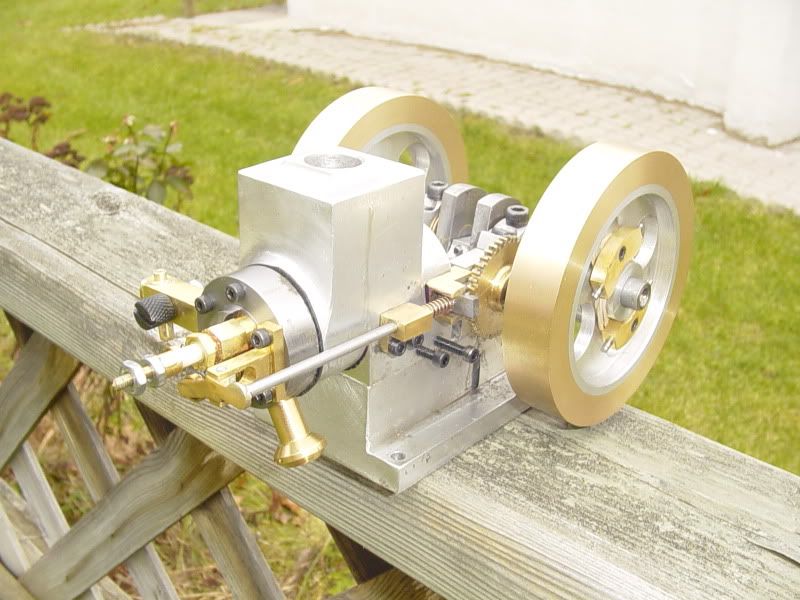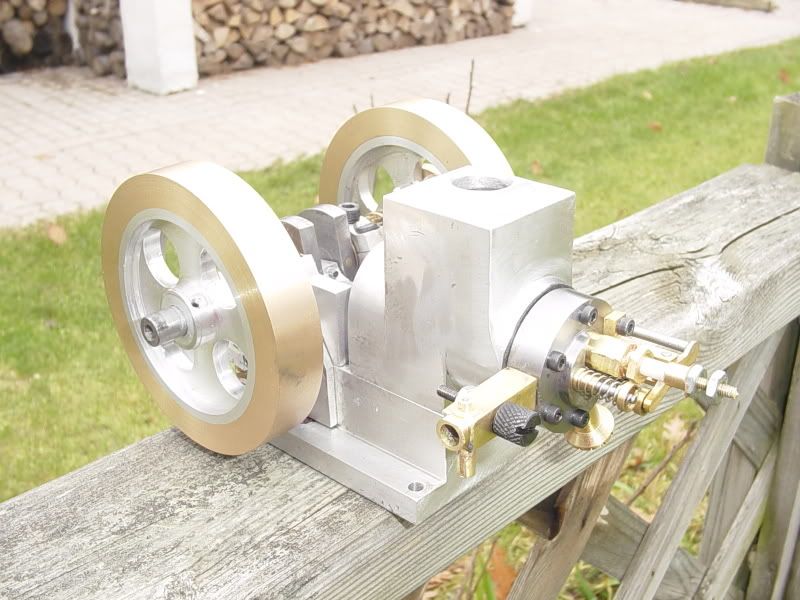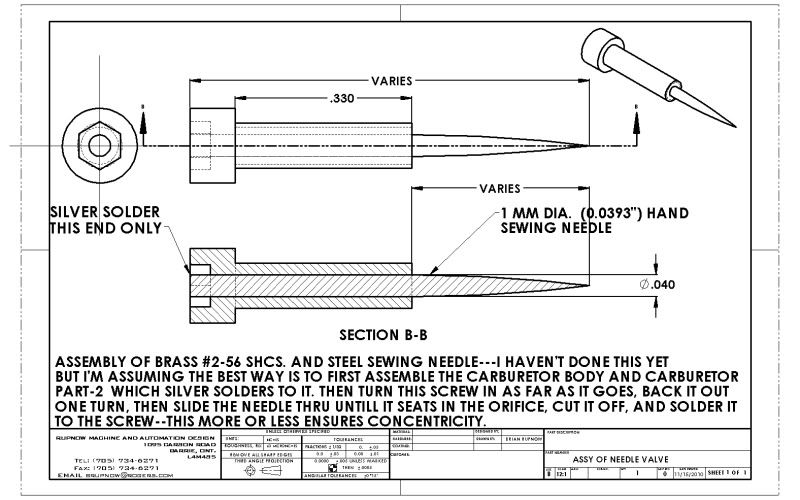Folks---This long winded thread is approaching the end. Tonight I remade the "kerzel Arm".--That is the lever that props the exhaust valve open when in "miss" mode. There is some incredibly complex "fitwork" on that arm, as it has to pivot, slide in the groove of the spool on the crankshaft, allow the valve to have its full travel when the engine is running at low speed, and yet move in just enough to prop the valve open at high speed. I had filed and ground, and built up with silver solder so much on the first Kerzel arm that it looked like a relic left over from war. I built a new one, and in the process of "fitment" I now see that I took too much material of the "notch" that holds the valve open, so will build that area up with silver solder tomorrow and reshape it. I would use the mig welder, but the nice thing about silver solder is that it is quite visibly different from the parent metal, so you can see clearly what you have added when working it. All I really lack now to make this thing "runnable" is the #2-56 brass screw for the needle valve that is somewhere in the mail between here and British Columbia. It will be exciting and interesting to see it run. I may have issues with the shape of the cam for the valve train---it doesn't seem to stay open very long to me, but thats something you can't tell about untill you first try the engine. it shouldn't prevent the engine from starting, anyways. Thank you all for your comments and well meant advice,----Take heart---The end is in sight!!!-----Brian









![DreamPlan Home Design and Landscaping Software Free for Windows [PC Download]](https://m.media-amazon.com/images/I/51kvZH2dVLL._SL500_.jpg)







